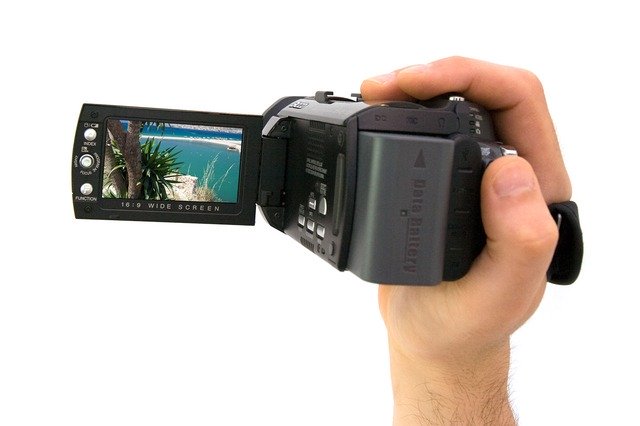Authentic Assessment: Exploring the “Unessay” Option
By Tomeka Wilcher

To fulfill an “Unessay” assignment, a student might create a video.
Providing students with opportunities to showcase their learning — and to choose for themselves how to do so — creates a learning environment that promotes respect, trust, and community. It encourages innovative productivity. It nurtures free thought and inquiry. And it cultivates a meaningful learning experience.
One element that can enhance this learning experience is the authentic assessment. With this kind of assessment, students perform relevant tasks that reflect challenges or experiences they may encounter in their discipline or field. As they craft their ideas and work toward their end product, students become independent learners who have the creative control to explore and make judgment calls on the direction, the content, and the aesthetics of their final product. Students gain a sense of autonomy, and instructors tap into students' learning styles and gain insight on "who" they are teaching. Embedding the authentic assessment sends the message of "I see you, and I hear you," a message so powerful that it transforms the learning environment and creates a strong student-teacher bond. However, for this to occur, teachers need to know where to start and what would qualify as an authentic assessment.
Instructors can begin by asking: What skills and concepts do I want my students to know by the end of this course? How can I assess these skills? Think about what assignment students can engage in that encompasses the following elements: it is realistic, it reveals their personality and passion, it demonstrates the transfer of knowledge and skills, it gives students autonomy and choice, and it provides the space for students to be innovative and creative. Instructors can also begin by choosing not to make a paper the final product or assessment. Writing essays, research papers, and reports is essential, but you can use this opportunity to tap into students' learning styles and modalities.
This strategy can be accomplished through the Unessay — that is, exploring and researching a topic and using this content knowledge to create a product that embodies truth, interpretation, and passion. Instructors can use the Unessay in every discipline; it just takes time to create the guidelines, criteria/rubrics, checkpoints, and dates. However, it is all about letting go and allowing students to delve into the topic and figure out how they want to display their knowledge and skill. You should give feedback and support as students embark on this journey of self-efficacy, autonomy, revelation, and creation. For some instructors it may seem daunting; however, it might just create an optimal learning experience that transcends the classroom.
Here are some examples of "Unessays" that can empower students to engage in creative thinking and innovation:
- Create a soundtrack
- Create a work of art
- Write a script of a play
- Create a storymap
- Write a Buzzfeed-style listicle
- Create a website
- Create a blog
- Create an ePortfolio
- Create a video
- Design a costume based on a character or time period
- Engage in a case study
- Write a short story
To learn more about the Unessay, explore the following links:
Cate Denial's Blog "The Unessay"


